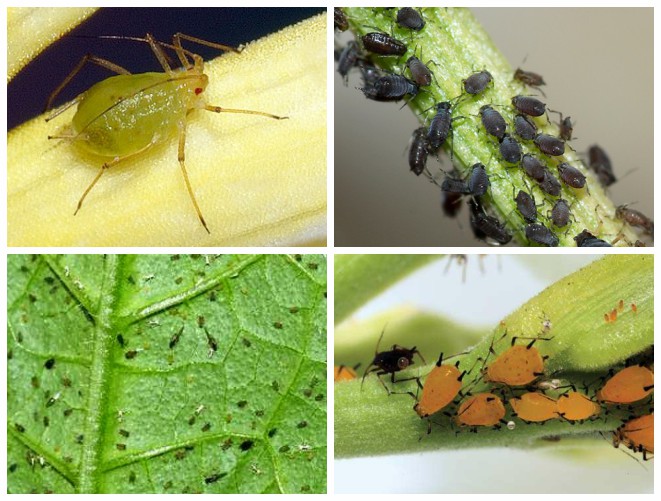Palm trees, in all their varieties, are vulnerable to a range of pests—particularly insects and mites—that can cause serious damage if not addressed promptly and effectively. Across the globe, specialized agricultural authorities in palm-growing regions develop strategic plans and control programs to keep these pests below economic threshold levels.
Integrated pest management (IPM) programs have proven successful in various parts of the world in reducing the harm caused by many of these pests. Among the key components of these programs is chemical control, which, when applied correctly, plays a vital role.
For chemical control to be effective, several factors must be considered:
Accurate identification of the target pests
Understanding their life cycles, activity periods, and most damaging stages
Choosing the right pesticides and application methods
Ensuring that treatments are carried out by trained personnel
Applying treatments during optimal times, typically early morning or late afternoon
When these steps are followed properly, chemical control becomes a powerful tool in protecting palm trees and preserving their health and productivity.
Chemical control of the most common pests affecting palm trees

